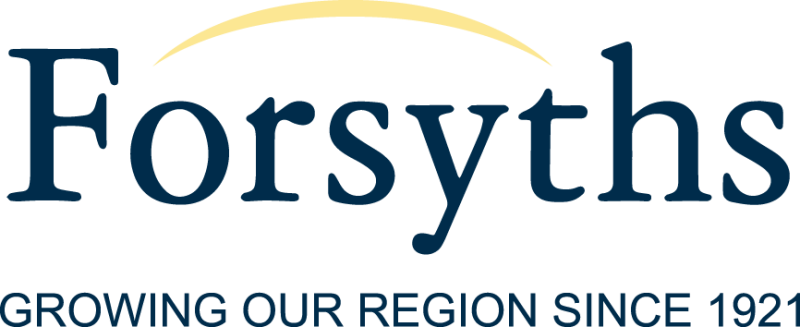
New data matching programs initiated by the Federal Government
Over the first quarter of this financial year, the government has initiated two new data matching programs, using data that the ATO holds.
Data matching involves bringing together data from different sources and comparing it. For example, records from different agencies or businesses are compared, with the results possibly identifying people who are being paid benefits to which they may not be entitled, or people who may not be paying the right amount of tax.
For the ATO’s part, it can collect data from financial institutions or other agencies and match this with its own information, which is
sourced from income tax returns, activity statements and other tax records.
In the past, data matching activities have focused on, for example:
- The total credit and debit card payments received by businesses
- Information on sellers using online selling platforms
- Details of payments made to ride-sourcing drivers from accounts held by the ride-sourcing facilitator.
The ATO then matches this data with information held in its databases to identify any discrepancies.
This time however, the focus is to be on data held by Services Australia (the government body that became the executive agency in February this year in the Social Services portfolio responsible for health, social and welfare payments and services — known by most as Centrelink).
Of the two new programs, one will be looking specifically at comparing information held by the ATO in relation to the JobKeeper payment and information reported to Services Australia’s “customers” in relation to social security payments.
The aim, as described in the notice announcing the program, is to uncover people who may be registered for both the JobKeeper program and social security payments, and “identify social security customers who may need extra support to correctly declare their income, to help prevent them getting an overpayment”.
A “protocol document” describing the program was developed in consultation with the Office of the Australian Information Commissioner, where it is stated: “This program involves the agency receiving a data file from the ATO which will contain a list of all employees who have been nominated for JobKeeper payment by an eligible employer. The agency will then undertake a matching process of this data against the agency’s social security payment customers and claimants.”
It says the matching process compares the following fields of data of each payee:
- Tax file number
- Family name
- Given name
- Additional name (other name)
- Date of birth.
The other exchange of data involves comparing information held by the ATO in relation to Single Touch Payroll (STP) and Services Australia’s databases. The aim this time is to enable:
- Comparison of pre-filling employer details (as reported through STP) onto Services Australia online services for review by customers.
- The supporting of timely confirmation of employment and establishment of child support employer withholdings (where appropriate).
- The identifying where there is a significant difference between STP income and the estimate the customer has provided to Services Australia, and nudging the customer to suggest that they revisit their income estimate.
- The supporting of existing debt recovery processes, including the contacting of customers with whom contact has been lost.
- Analysis of the data with a view to improving Service Australia’s processes.
Again a protocol document describing the program was provided, which states that the data matching program “will exchange personal information and employer/ employee relationship and payroll data between Services Australia and the ATO where there is a mutual relationship for the individual”.
It says part of the objectives of the exercise is to:
- Support customers by prompting them to update their income estimates to assist them to receive the right rate of payment at the right time
-
Reduce employer burden by minimising the contact that employers must have with Services Australia to provide payroll information for
activities like:
- Establishing child support employer withholding and
- Existing debt recovery processes
- Assist Services Australia with discussion with noncurrent customers to determine their capacity to repay a debt.
ATO advice, if anyone thinks they’ve made a mistake or left something out, is to contact either the ATO or their registered tax adviser to correct the mistake or to amend any previously supplied data. “You can also make a voluntary disclosure – we may reduce or even waive penalties if you make a disclosure before we contact you,” the ATO says.
SMEs: ATO confirms JobKeeper payments do not contribute to aggregated turnover
From the outset, it has been emphasised that JobKeeper payments are assessable income. However some concerns had been raised as to JobKeeper
payment status in regard to being statutory income or ordinary income. And if the latter, whether it is ordinary income derived in the
ordinary course of carrying on a business.
If so, JobKeeper payments would be included in aggregated turnover, which determines whether an entity qualifies for a range of concessions and other certain measures, which can include accessing the small business income tax concessions, small business CGT concessions, the instant asset write-off, the refundable R&D tax offset, and the base rate entity tax rate.
But now the ATO has confirmed that although JobKeeper payments are ordinary income, they are not derived in the ordinary course of
business, and therefore not included in aggregated turnover.



